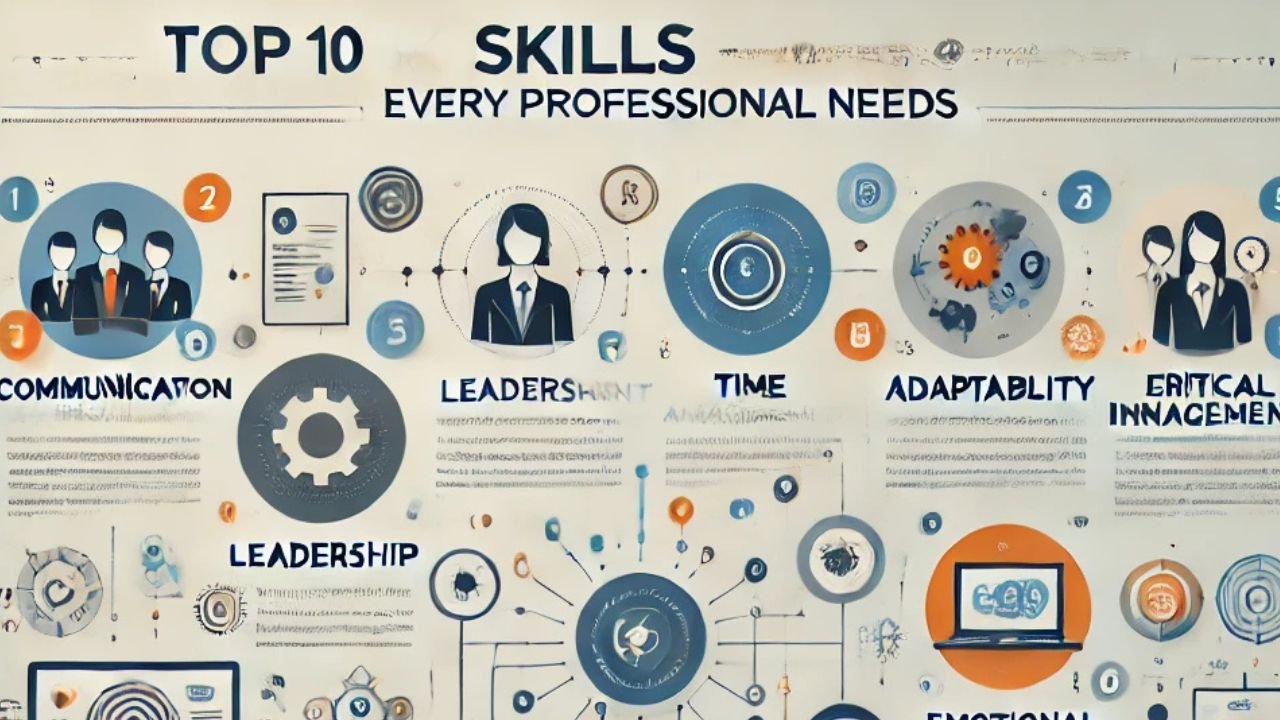Are you struggling to find satisfaction or growth in your current career journey? Do you find yourself daydreaming about switching to a different industry or role? Changing careers can feel intimidating, but with the right strategies and mindset, it can lead to personal fulfillment and professional growth. This complete guide will show you how to change career successfully, from planning to execution.
Why Consider a Career Change?
The decision to change career is deeply personal. Many individuals consider making a shift for various reasons, such as:

- Lack of Job Satisfaction: Feeling unfulfilled or disengaged at work.
- Pursuing Passion: Wanting to align your career with personal interests or hobbies.
- Industry Instability: Working in a declining or unstable industry.
- Desire for Growth: Seeking new challenges and career development opportunities.
- Personal Circumstances: Family, health issues, or relocations influencing career decisions.
No matter the reason, changing careers is about creating a path that aligns with your personal goals, values, and happiness.
Signs It’s Time to Change Your Career Path
Before you embark on your journey to change career, you must recognize the signs that it’s time to make a shift. Here are some common indicators:
- You Feel Stagnant or Unchallenged: If your role no longer excites you, it might be time to explore new opportunities.
- You Are Unhappy at Work: Consistent dissatisfaction, stress, or a feeling of dread about your job can be a sign.
- You Have a Strong Interest in Another Field: If you’ve always wanted to explore another career, now could be the time.
- You Lack Work-Life Balance: Careers that don’t respect your personal time can lead to burnout.
- Financial Security is Possible Elsewhere: If you have a financial cushion, transitioning careers becomes less risky.
If any of these signs resonate with you, it’s time to plan how you can make your career transition.
How to Change Career Successfully: Step-by-Step Guide
Making a successful career change requires careful planning, self-awareness, and strategic action. Here’s a step-by-step guide to help you achieve this.
Step 1: Assess Your Skills and Strengths
Start by identifying your existing skills, experience, and expertise. Understanding your strengths will allow you to determine how they can apply to your new career path.
Actions to Take:
- Conduct a Skills Inventory: Write down all your technical and soft skills.
- Identify Transferable Skills: Skills like problem-solving, leadership, teamwork, and Effective time management can transfer across industries.
- Seek Feedback: Ask colleagues, friends, or mentors for insights into your strengths.
Step 2: Research Your Desired Career Path
Before you leap, research the industry or role you’re transitioning into. This will give you insight into market demand, challenges, and opportunities.
Questions to Ask Yourself:
- What industries excite me?
- What are the daily responsibilities of this new role?
- What salary can I expect?
- What are the opportunities for growth?
Step 3: Identify Skill Gaps and Upskilling Opportunities
Once you know your desired career path, identify any skill gaps that could prevent you from landing a new role. Upskilling is vital for a smooth career transition.
Options to Upskill:
- Online courses and certifications
- Volunteering for relevant projects
- Attending workshops or industry seminars
Step 4: Network and Connect with Professionals
Networking is a powerful tool when making a career shift. Connect with individuals in the new field you’re targeting to learn about opportunities and gain insights.
Networking Strategies:
- Attend industry conferences and seminars
- Join online groups (LinkedIn, Facebook)
- Reach out to professionals on LinkedIn for informational interviews
Step 5: Prepare Your Resume and Personal Brand
Tailor your resume and LinkedIn profile to highlight transferable skills and align your professional experience with your new career path.
Key Resume Tips:
- Highlight transferable skills prominently.
- Showcase achievements that align with your new industry.
- Customize your resume for every application.
Step 6: Plan Your Career Change Strategy
Develop a clear, actionable career transition plan. Break down your goals into manageable milestones.
Examples of Actionable Steps:
- Set deadlines for completing training courses.
- Schedule informational interviews within your network.
- Research companies actively hiring for roles in your new career path.
Step 7: Take the Leap with Confidence
After preparation, trust your research and strategy. Take the first step by applying for jobs, pursuing further education, or launching projects that align with your new career path.
Common Challenges When Changing Careers and How to Overcome Them
Changing careers isn’t always smooth. Here are some challenges and their solutions:
| Challenge | Solution |
|---|---|
| Lack of financial security | Create a financial safety net before starting. |
| Fear of the unknown | Break the change into manageable steps. |
| Lack of skills or experience | Invest in training programs or certifications. |
| Balancing family and career changes | Prioritize time management strategies. |
Anticipating these challenges can make your journey smoother and less overwhelming.
Key Takeaways
- Changing careers is a strategic, goal-oriented journey that requires careful planning.
- Identify your transferable skills and close skill gaps through training and education.
- Network actively with professionals to uncover opportunities and gain insights.
- Set clear milestones to ensure you stay on track during your career transition.
- Face challenges with confidence, knowing preparation minimizes risk.
FAQs on How to Change Career
1. How long does it take to change careers?
The time varies depending on the industry and individual circumstances but can take anywhere from a few months to a year.
2. Do I need to go back to school to change careers?
Not always. Upskilling through online courses or certifications may be sufficient.
3. What industries are the easiest to switch into?
Technology, education, and healthcare are industries with versatile opportunities and transferable skill applications.
Conclusion: Start Your Career Transition Journey Today
Changing careers can be one of the most rewarding decisions you’ll ever make. By assessing your skills, researching opportunities, and networking effectively, you can set yourself on the path toward a more fulfilling career.
Don’t wait for the perfect moment—start your career change journey today.
👉 Ready to take the first step? Connect with mentors, enroll in courses, and explore industries that spark your passion!




